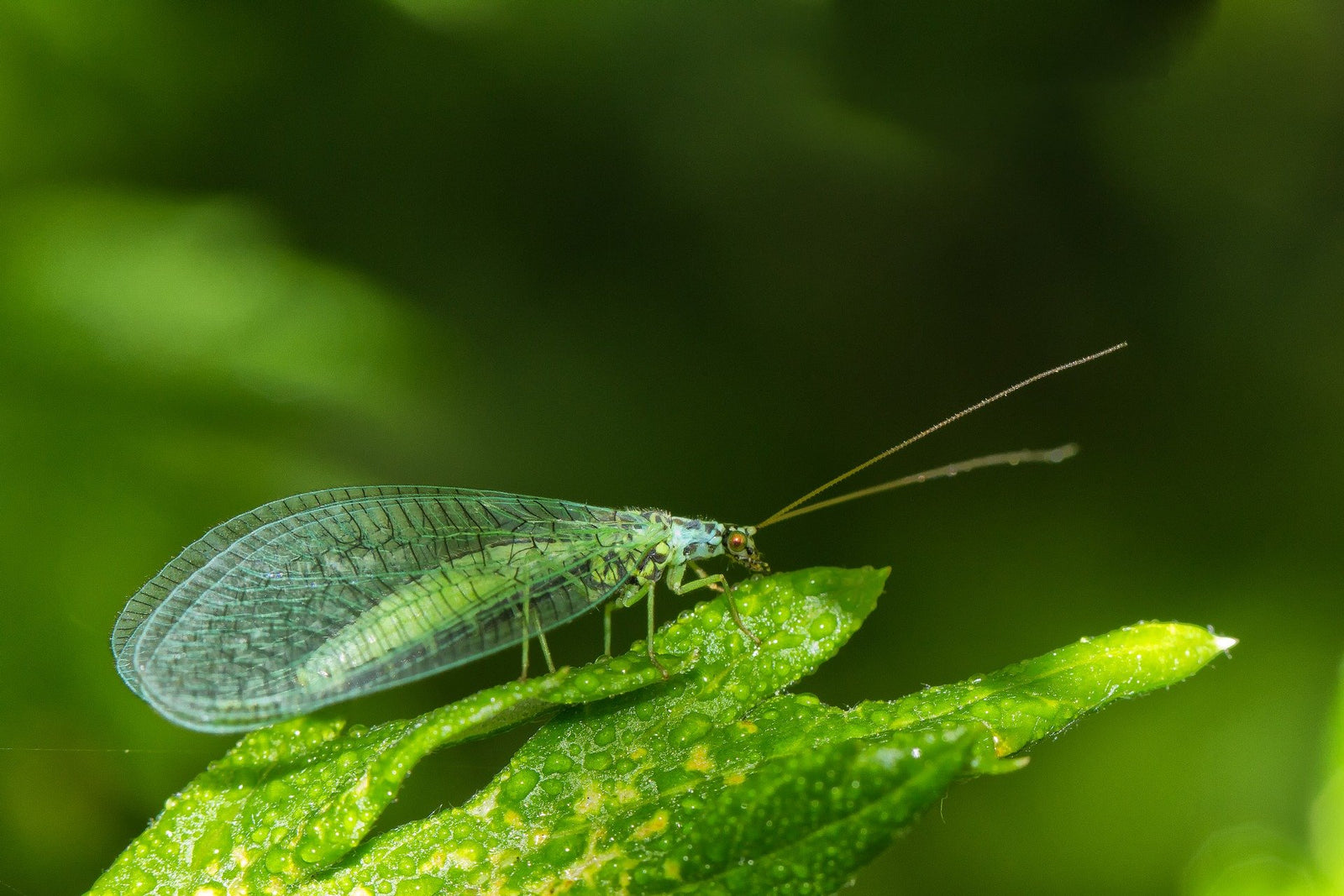Your Cart is Empty
Transitioning from chemicals to organic practices can be hard- especially with so many dangers (e.g. parasitic insects, fungal diseases, to name a few) lurking around in our gardens. We have developed a particular hatred and disgust for our fellow six-legged, eight-legged creatures, to the extent that we easily resort to readily available, far-reaching, all-obliterating chemical pesticides to keep them off our beloved plants. These pesticides also end up killing many beneficial insects that protect rather than harm our gardens.
Here are some examples of helpful insects that could be a friendly ally to your garden:
-Green Lacewings and Ladybugs are some of the most effective pest controllers in nature- versatile predators that prey on many of the parasitic insects living in our gardens. They are particularly active in their larval stages, during which they prey on soft-bodied insect pests such as aphids, spider mites, thrips, whitefly, mealybugs, among many others.
-Encarsia Formosa, a well-known parasitoid wasp of greenhouse whiteflies, can prey on at least 15 different species of whiteflies by using them as a host for their eggs. Female Encarsia wasps lay their eggs on or in the bodies of other arthropods (most prominently in whitefly larvae), placing one egg in each host body. There, each egg goes through its life cycle until it emerges out of the host body as an adult, killing the host in the process.
-Steinernema carpocapsae is a parasitic nematode (roundworm) that preys on fleas. The beneficial nematode effectively kills fleas in their adult form as well as their larval and pupal forms in grass and soil. The killer roundworm feeds on organic matter ranging from select live garden insects (fleas included) to dead and decaying plants and animals. Found mostly in warm and moist soil climates, it conquers its targets by penetrating and entering the host then releasing bacteria, resulting in the host’s death within 48 hours of infiltration. Inside the carcass, the nematode reproduces, and its offspring then exit in search of new prey, extinguishing the remaining flea population following the completion of the nematode life cycle. While Steinernema carpocapsae functions as a killer parasite for fleas, it has no harmful effects on pets, humans or plants.
To attract and encourage the livelihood of these beneficial insects in your garden, you must provide them with pollen and nectar. Your garden landscape should also embrace a variety of plants that beneficial insects are drawn to and can nest in. Another increasingly prevalent agricultural practice is the “planting method”. A research by the University of California showed that by planting Sweet Alyssums between rows of lettuce, more beneficial insects are attracted- controlling aphid populations on lettuce more effectively as a result.
Pathogenic bacteria and insects proliferate in exponential speeds, and with this overpowering proliferation in effect, they are able to adapt increasingly rapidly to develop immunity to the applied chemicals. On the other hand, beneficial predators are most often killed or driven off the land by the toxicity of these same chemicals. Consequently, faster, more desperate actions would be needed to control these multiplied pathogens – leading one to resort to higher frequency and volume of chemical application.
Nature has its own ways of protecting life, and it is our job to learn how to most harmoniously live alongside it. The next time we see bugs in our garden, we shouldn’t be so quick to reach for our chemicals, but instead should try our best to learn more about all the different lives in our gardens and what they have to offer.
Comments will be approved before showing up.
